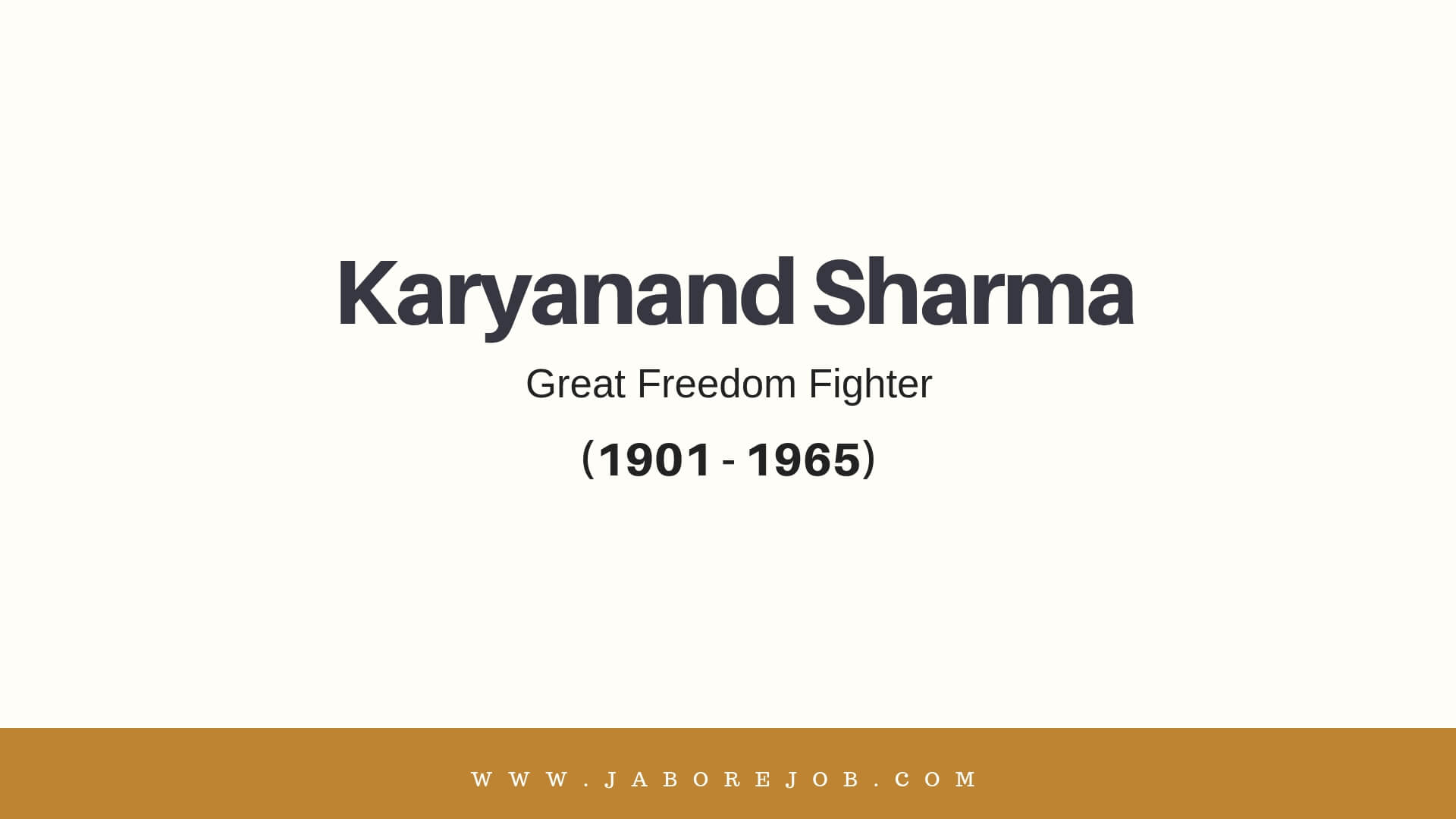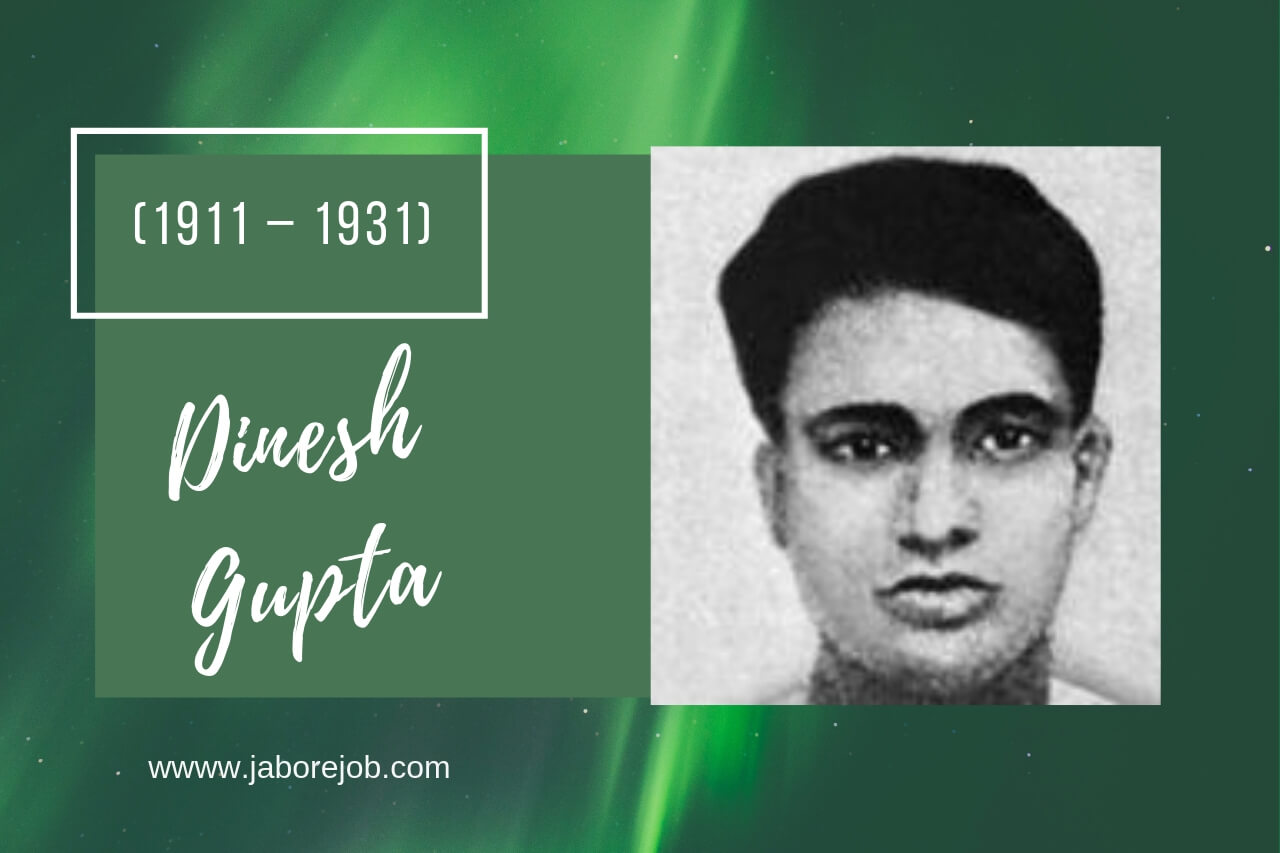The Lok Sabha or the House of the People is the lower house of the Parliamentary system of India.
The members of Lok Sabha are elected by the direct universal adult franchise. Till 2014, the people had 16 Lok Sabha elections totally.
The Powers and Functions of Lok Sabha are the ultimate in the world of democracy in India with the set of rules followed, let us see all the major roles in the following.
Lok Sabha Members
* Lok Sabha contains maximum constitutional strength of 552 members in the Chamber, in which 530 members representing the states, 20 members representing the territories of the Union, and only 2 members of the Anglo-Indian community with an election.
* At present, there are 545 members consisting of 530 members representing the states, 13 members representing the territories of the Union, and only 2 members of the Anglo-Indian community who are elected from the election.
If the president feels that this community is not sufficiently represented in the Chamber, he can assist to appoint more members.
The total number of members depends on the ratio of the population from their representative constituencies, the same for all states.
Important Powers and Functions of Lok Sabha
The Important Powers and functions of Lok Sabha are been explained in the following points:
1. Legislative
The legislative powers and functions of Lok Sabha extend to all subjects mentioned in the union list and concurrent list.
In case of emergency, its jurisdiction may be extended to the state list also. No bill can become a law unless it has been passed by the Lok Sabha.
Both ordinary and money bills can be introduced in the Lok Sabha. In case of a joint sitting of both the houses of parliament, the will of the Lok Sabha is bound to prevail.
2. Financial
In the field of finance, the power of Lok Sabha is supreme and final. A money bill can be presented only in the Lok Sabha.
Once a money bill is approved by the Lok Sabha, it is virtually enacted by the Parliament itself. The Lok Sabha alone has the exclusive power of sanctioning all Government expenditures.
3. Control over the Executive
The President of India makes an annual speech in Lok Sabha which contains the policy of the Government for the upcoming year and can be discussed by the members of the Lok Sabha.
The minister without confidence must resign if the Lok Sabha makes a motion against him.
A ‘Question-Hour’ is held every day during the session of the Lok Sabha to get information from the Government.
4. Constitutional
All bills of Amendment of the Constitution require to be passed in the Lok Sabha. Otherwise, the Amendments will not come into force.
5. Redressal of Grievances
The members of the Lok Sabha have to be in constant touch with their constituencies and should draw the attention of important issues and grievances of the people to the notice of the Lok Sabha.
Those issues are debated on the floor of the House and resolutions could be passed for the Government to take actions.
6. Other Functions
In addition to the Powers and Functions of Lok Sabha described above, the Lok Sabha shares its powers with the Rajya Sabha in:
- Electing the President and Vice-President of India
- Impeachment of the president
- Removal of the Judges of the Supreme Court and High Courts
- Approving Proclamations of Emergency.
These Powers and Functions of Lok Sabha are exclusively drafted in the constitution for the lower house of the parliament.
The System of Elections in Lok Sabha
In Election, there are 2 types
1. Direct Election:
Where people of Indian has the right to vote(Art 326).
2. Indirect Election:
Where the elected members have the right to vote who had been elected by the people.
Here Lok Sabha election is the direct election where people participate in voting, before eligibility for voting was, one has to complete 21 years of age.
But under ’61 Constitution Amendment’ from 1989 onwards, every Indian citizen who is not less than 18 years of age can participate in the election, this whole process is known as an adult franchise.
Each state is assigned specific seats in the Lok Sabha so that the ratio between this number and its population is the same for all the states of India. This provision does not apply to States with a population of lesser than 60 lakhs.
Each state is divided into territorial electoral districts so that the proportion of the population of each electoral district with respect to the number of assigned seats remains the same throughout the state.
The Quorum of Lok Sabha
The minimum attendance of members required for a procedure from any house is known as a quorum.
Out of 545 members at least 1/10 of the total strength is required in the house to start the session.
There are 3 types of the session called BMW, don’t think its a car name I’ll further expand below only to remember it is called so.
- B – Budget Session
- M – Monsoon Session
- W – Winter Session
The main rule of the session is, there should not be a 6 months gap between the sessions.
Timings
Normally, Lok Sabha Sessions starts at 11 A.M. to 1 P.M. and from 2 P.M. to 6 P.M. Some days, sessions are held continuously without having the lunch break and extend beyond 6 P.M. depending on the cases before the house.
Lok Sabha Sessions usually does not happen on Saturdays, Sundays, and other holidays.
Also, Read about: Powers and Functions of Rajya Sabha
How Lok Sabha Speaker and Deputy Speaker Elected
After the Lok Sabha election, from the elected member they choose 2 prominent persons for Speaker and Deputy Speaker.
Speaker(Art: 93)
a) He must be a member of Lok Sabha
b) The oath will not be taken by him
c) A term of Speaker is not fixed, Only he will have the powers until the formation of new Lok Sabha
d) When a Joint Session(Lok Sabha & Rajya Sabha) is called by President under ‘Art 108’ , the Lok Sabha Speaker heads the Session. Till now there are 4 Joint Sessions called by President in India, but only 3 were passed:
- Dowry Prohibition Act, 1961
- The Banking service commission Act(Repeal), 1978
- Prevention of Terrorism Act(POTA), 2002
- Women Reservation, 2008 (no bill passed)
e) As we know money bill is passed only in Lok Sabha under
- Art: 109 – Money bill has to be presented only in Lok Sabha
- Art: 110 – Definition of a Money Bill has been explained
Here the role of Speaker is, he has the power to decide whether a bill is a money bill or not. And he has the power of Casting vote(Art: 100) – Normally Speaker does not vote for Money bill, suppose if far and against votes are equal in voting then-Speaker can vote that vote is known as Casting a vote.
f) Lok Sabha Speaker
- First Lok Sabha Speaker – Ganesh Vasudev Mavalankar(1952–1956)
- First Female Lok Sabha Speaker – (2009-2014)
- Present Lok Sabha Speaker – Sumitra Mahajan(2014-incumbent)
Deputy Speaker(Art: 93)
In the absence of the Speaker, the Deputy Speaker is in-charge to handle the Session along with powers had by the Speaker.
Dissolution of Lok Sabha Process
The dissolution of Lok Sabha under Article 85 (2) (b) can take place in two ways:
i) Normal dissolution:
After the expiration of its five-year mandate or the extension of its mandate in case of national emergency.
ii) Dissolution in certain circumstances:
The President decides to dissolve the house on the advice of the Prime Minister.
(a) When the five-year term of the ruling party ends, the leader of the ruling party in Lok Sabha (Narendra Modi now) must dissolve the lok sabha.
In this case, the prerogative of the moment is attributed to the leader of the ruling party, lok sabha.
(b) When the leader of the party in power loses its majority, then the prerogative of dissolving the lok sabha is transferred completely to the president and can ask another leader to prove his majority on the floor of the upper house.
These are the main Powers and Functions of Lok Sabha which are important to know in the parliamentary system of democracy.















